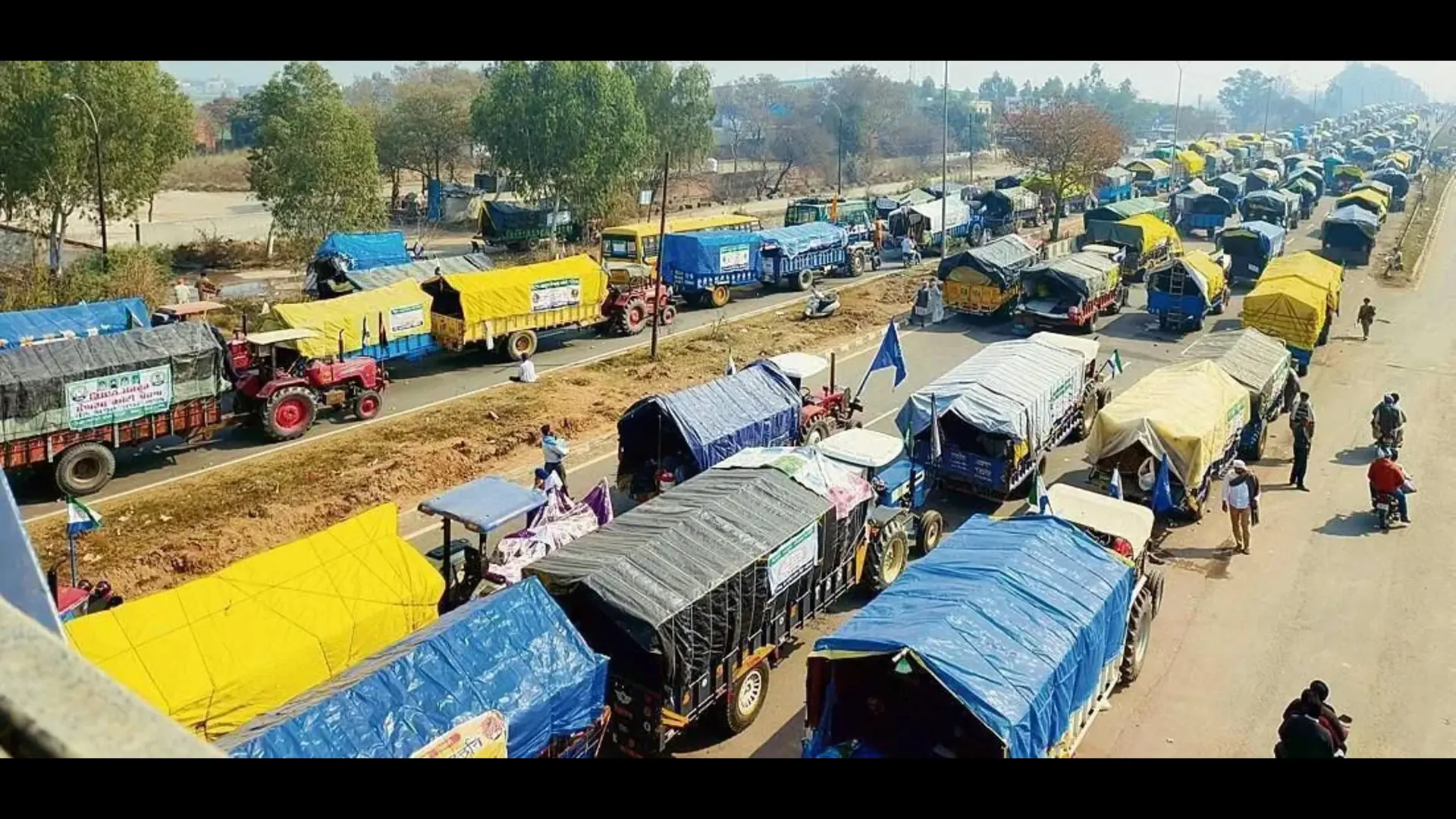It was the best of times, it was the worst of times. The return of India’s flagship motoring event Auto Expo in its 16th avatar after a hiatus of three years post two disruptive waves of Covid-19 amidst the country’s emergence as the third largest automobile market in the world, surpassing Japan in new auto sales in 2022 powered by a burgeoning electric vehicle market, underlines this adage by Charles Dickens. Even as 46 passenger vehicle (PV) manufacturers- building up the highest ever industry participation this year with about 80 stakeholders in- — the show gears up for as many as five global launches and 75 unveils, large participation of start-up players and a focus on sustainability through clean mobility, it will be against a backdrop of global geopolitical headwinds, tightening monetary policy and the lingering effect of supply chain disruptions which continue to bedevil manufacturers.
However, as the economy is reviving post Covid-19, the market sentiments have turned positive across all the industries, points out Samir Malhotra, Director and CEO of Shriram Automall, a leading physical and online pre-owned marketplace for vehicles and equipment. “Auto Expo 2023 is happening after 3 years due to the pandemic and we expect much greater footfalls than Auto Expo 2020, which might lead to a respectable number of leads.
Automotive OEMs are achieving higher sales numbers in the new vehicle segment and are driving the used-vehicles market as well, adds Malhotra. The optimism is not misplaced. The auto industry registered its highest ever sales in a calendar year with nearly 38 million dispatches in 2022, surpassing the record of 33.3 million in 2018. The USD 222 billion plus worth Indian automotive industry which contributes 7.1 per cent of the country’s GDP and 49 per cent of its manufacturing GDP. The industry attracted cumulative equity foreign direct investment inflow of about US$ 33.53 billion between April 2000-June 2022 and is expected to draw US$ 8-10 billion in local and foreign investments by 2023.
The momentum has picked up even as some pain persists. According to a Nomura 10 January, 2023 report, the October-December 3QFY23 volume growth momentum normalized further from July-September 2QFY23, across segments. On a low base, volumes of PVs were up 23 per cent year-on-year while two-wheelers (2Ws) were up 8 per cent year-on-year, medium-heavy commercial vehicles (MHCVs) were up 32 per cent year-on-year while tractors were up 9 per cent year-on-year. On a broader scale, according to the Federation of Automobile Dealers’ Association, for calendar year 2022, total vehicle retail grew by 15 per cent year-over-year and the growth was 17 per cent when compared to 2020. While PV category continued to break all records by clocking 34.31 lakh retail sales in CY’22, tractor category also broke all records to close at 7.94 lakh vehicles in CY’22.
On the flip side, as per Nomura, on a quarter to quarter basis of FY2023, PVs were down 9 per cent, 2Ws by 17 per cent while MHCVs were up 7 per cent. In case of exports, demand remained weak with 2W exports declining 22 per cent year to year. The FADA figures show retail data for the month of December 2022 was not encouraging either, as two months of adrenaline rush was followed by a lull with total vehicle retail during the month falling by 5 per cent. Except for 2W, which fell by 11 per cent, all the categories were in green with PV growing by 8 per cent, tractor by 5 per cent and CV 11 per cent.
There are several roadbumps ahead, says Nomura which expects passenger vehicle industry growth to slow down as pent-up demand normalizes. Further regulatory cost increase due to BS-6 Phase 3 (April 23) and six airbags (October 23) will likely delay recovery in the mass segment. The comfort going ahead is, as Nomura expects, discounts will rise further in the coming months, which may negate a part of the benefit from lower commodity prices. “Rural demand is expected to drive sales for those auto companies having a strong rural and semi-urban presence,” says Prateek Agrawal, Executive Director of Business & Investment Strategy, Motilal Oswal Asset Management. Demand in urban regions continues to remain buoyant. Improvement in sales is to continue, driven by an expected rise in e-commerce, agriculture, infrastructure, and mining activities.
Nomura estimates rural recovery will drive 10 percent y-y growth in two-wheelers (2Ws), albeit, on a low base while EV preference remains high and companies with high level of localization will benefit from government subsidy and gain market share, in its view. Another key trend is the increased preference towards utility vehicles, led by the compact UV sub-segment taking over the premium hatchback segment, with a 28 per cent market share, as of September 2022, a sharp rise from 4.6 per cent in 2016.
Moreover, the Centre’s Production Linked Incentive (PLI) programme for the automobile sector with a USD 3.5 billion budget offers financial incentives of up to 18 percent to stimulate local production of future technology-related automotive components. The government has also implemented Faster Adoption and Manufacturing of Hybrid & Electric Vehicles in India (FAME) to encourage the adoption of EVs through subsidies. Currently, phase II of the scheme is under effect for 5 years starting from 2019, with a total budget of ₹10,000 crore.
The big expectation is indeed from EVs, if 64 manufactures registering for availing demand incentives under FAME-India scheme phase-II as of October, 2022 is any indication. Between January and July 2021, EV component makers, electric commercial vehicles and last-mile delivery companies invested a total of USD 3.67 billion on EVs led by technology and automotive majors foraying into the India EV space. The EV market is expected to grow at a CAGR of 49 percent between 2022-2030 and is expected to hit 10 million unit annual sales by 2030. A study by CEEW Centre for Energy Finance recognised USD 206 billion opportunity for EV in India by 2030. This will necessitate a USD 180 billion investment in vehicle manufacturing and charging infrastructure.
Auto companies like WardWizard, a leading manufacturer of the electric two-wheeler brand “Joy e-bike,“ are geared up to launch a new-age high-speed electric two-wheeler, alongside the unveiling of a new concept EV motorcycle, to be launched later this year. Jupiter Electric Mobility, a subsidiary of Jupiter Wagons, will showcase and launch its e-LCVs at the expo. Toyota Kirloskar Motor (TKM) has on display at the Auto Expo, a range of self-charging strong hybrid electric vehicles, plug-in hybrid vehicle, fuel cell electric vehicle, flexi fuel hybrid electric vehicle and electric vehicles representing wide range of green technology line- up. “We are working towards bringing models which are environment friendly and based on customer feedback. Our focus in India continues to be the introduction of technologically advanced products that are safer and greener,” says Atul Sood, Associate Vice President, Sales, and Strategic Marketing, TKM. Achieving carbon neutrality has been one of our biggest challenges and the fight against carbon will require multiple technology pathways and our latest offerings are another step in that direction.
Diversification is another strategy in the industry. Shriram Automall will also be introducing and demonstrating new strategies and tactics including digital retailing to meet the changing customer preferences for buying and selling used vehicles and equipment across India. “Whether it’s pre-qualifying customers for a loan or end-to-end vehicle shopping or buying online, SAMIL has adapted quickly to ensure they digitally provide consumers with what they’re looking for. For example, some consumers want to start the purchase process online and finish in the dealership. In contrast, others want to complete the entire process online, down to delivery straight to their driveway. Our technology-laden bidding platforms make transactions hassle-free and quick. The main focus during the Expo will be to showcase physical auction services through 120+ Automalls pan-India,” says Malhotra.
With clean technology becoming the focus, Auto Expo 2023 has focus on alternative sources like ethanol powertrain and in line with the bilateral cooperation between Brazil and India for the promotion of ethanol and its blends in the automotive sector, the Brazilian Sugarcane Industry Association (UNICA) and the Society of Indian Automobile Manufacturers (SIAM) will launch a Virtual Centre of Excellence (CoE) at the expo. Brazil has a dedicated 250 square meters ethanol experience zone organized by Unica, Brazilian Ethanol Cluster, ApexBrazil and the Brazilian Ministry of Foreign Affairs which is part of a 3,000 square meters pavilion exclusively dedicated to ethanol, promoted by SIAM. This is the first time that a car show dedicates an entire pavilion to biofuel. Brazil is the second largest producer of ethanol in the world, after the United States, and is home to the world’s largest fleet of cars that use ethanol as fuel. India also has a strong focus on biofuels and has brought forward by five years, to 2025, the goal of achieving a 20 per cent ethanol blend in gasoline. Indian manufacturers will be displaying developments on various powertrain options, ranging from biofuels like ethanol, gaseous fuels like compressed natural gas and liquefied natural gas, electrification technologies, including EV, hybrid and hydrogen, at their respective pavilions.






